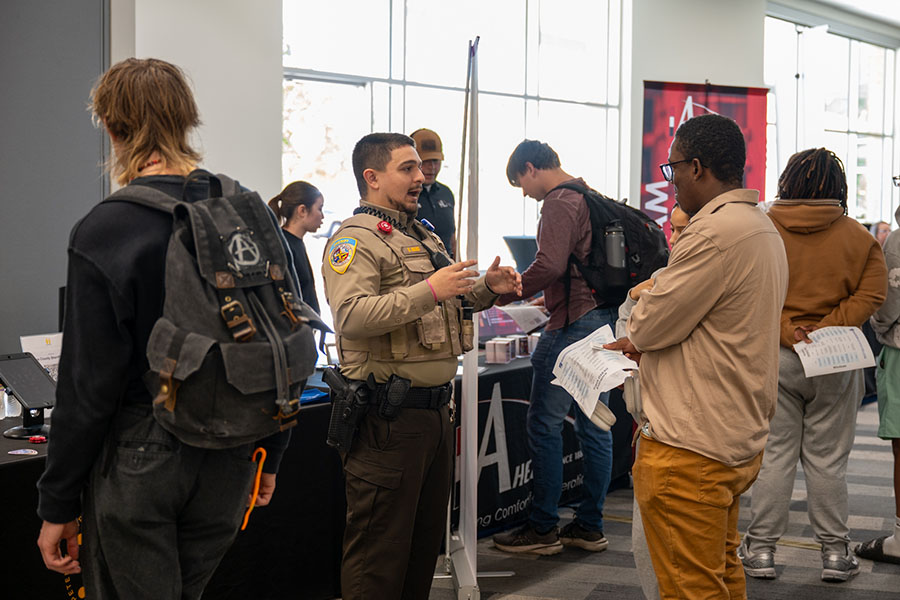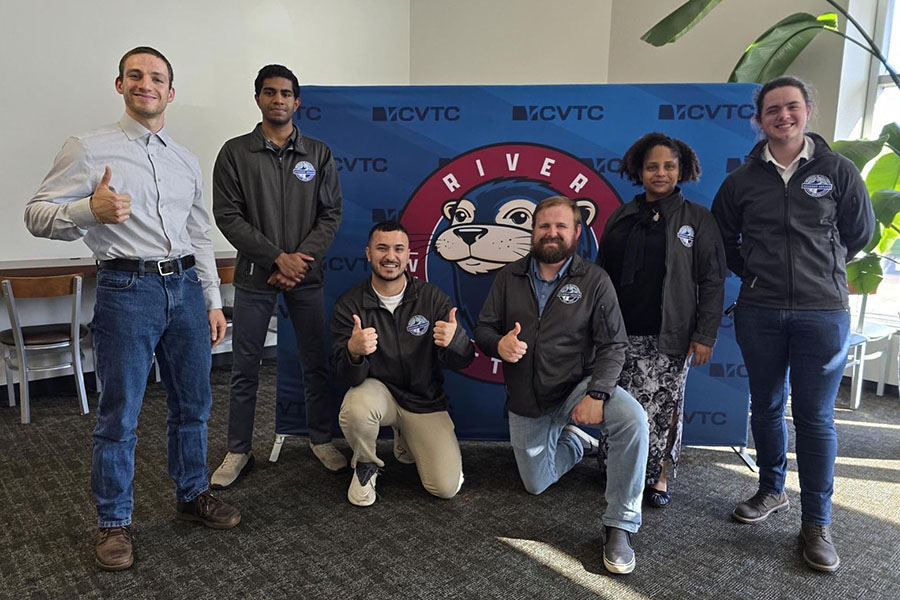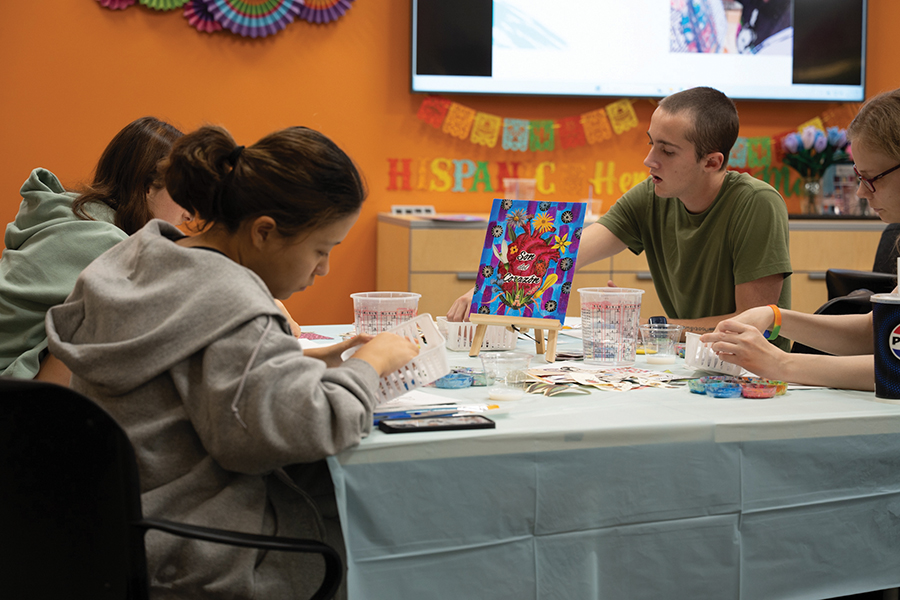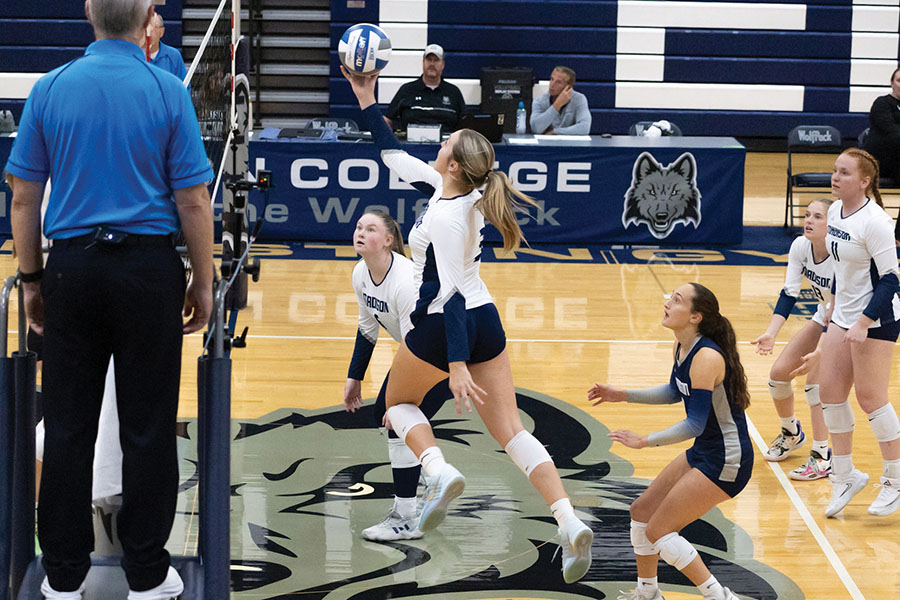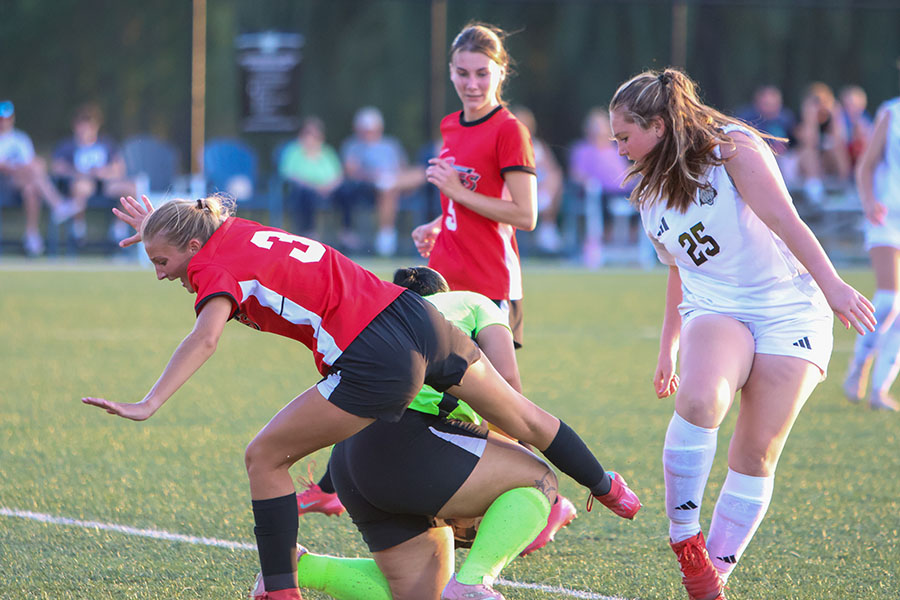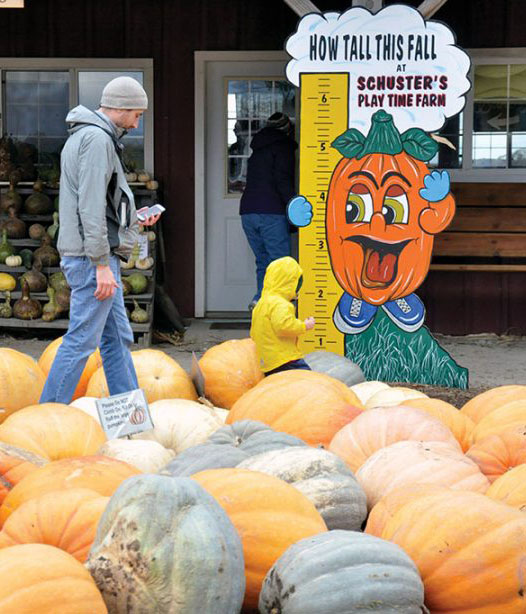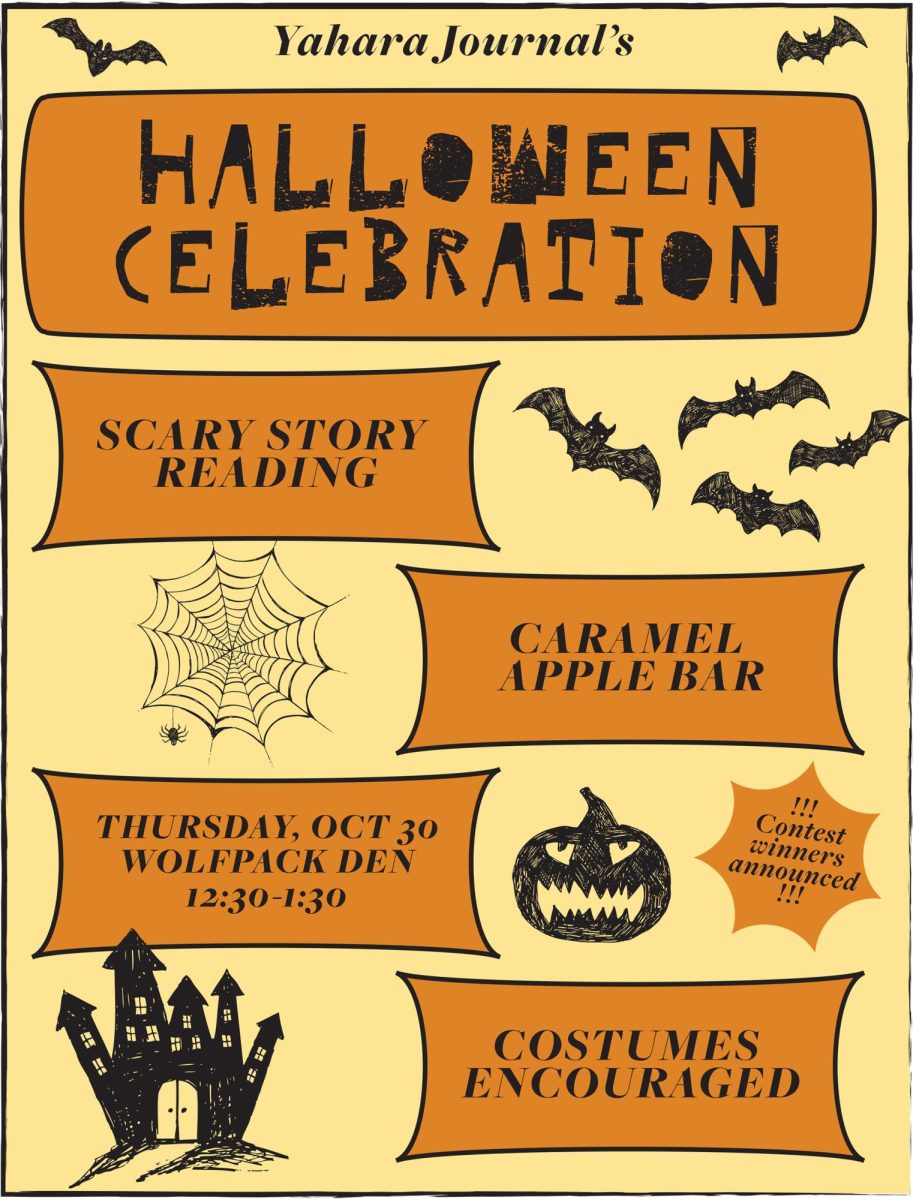On May 22, one of the deadliest tornados in U.S. history struck a community in southwestern Missouri, killing 160 people. That community was Joplin, Mo. New Student Senate President, Jennifer Johnson, was in Joplin at the time of the tornado while visiting relatives in Missouri and Iowa.
Johnson was doing what many people do on a late spring afternoon. She was sitting out on the porch, then she heard a tornado whistle.
“Honestly, I was curious on what was going on,” Johnson said. “I wanted to see it. I didn’t know much about tornadoes.”
Tornadoes are rated on what is called the Enhanced Fujita Scale. Tornadoes are given a number on the scale between 1-5 depending on wind gusts in three-second spurts. That day, with gusts over 200 miles per hour, Joplin had an EF-5 tornado.
What was about to happen was the touchdown of a tornado of historic proportions. Official totals collected by the National Oceanic and Atmospheric Administration on the next day were just up to 116 people. Before May, the deadliest recorded tornado was a 1953 tornado in Flint, Mich., which also had a total of 116 deaths.
Hours after the tornado struck, Johnson toured the city. Two blocks away from her grandmother’s house, she witnessed the aftermath of this historic tornado.
“Everything was destroyed,” Johnson said.
Johnson was unprepared to be fully active in any cleanup efforts, as she didn’t even a have a pair of tennis shoes with her. However, that did not prevent her from participating in the relief efforts. She delivered water in the days that followed.
During the week of Aug. 15, Johnson returned to Joplin to visit family once again. However, what she saw when she got there this time was a stark contrast from what she had seen in May before the tornado. What Johnson saw when she went back to Joplin is what she terms “surprising.”
“It looks like you’re in a desert because it’s just barren,” she described. “You don’t really see anything in the tornado area and it’s so strange because it’s in the middle of the city. It’s not on the edge of town. It’s eerie honestly.”
There is close to nothing left today and whatever is left is scattered throughout the area Johnson said. While walking through the tornado zone, the ground was covered with remnants of houses, small pieces of cement and shards of glass were embedded into people’s homes. The same image she saw in May of large pieces of metal from roofs of homes wrapped around trees is still present in Joplin. Johnson even saw mementos from the ravaged homes as well a person’s watch lying inside the wreckage zone.
“It’s just so sad.”
If there is anything that she learned from the experience, it is to take tornadoes seriously and how important it is to take cover, Johnson said.
“If something really bad is happening, don’t try to look at it, don’t try to be a hero, don’t try to look at it,” Johnson said. “You can take care of your family and the people that are around you. Do that, but make sure you are keeping yourself safe.”


